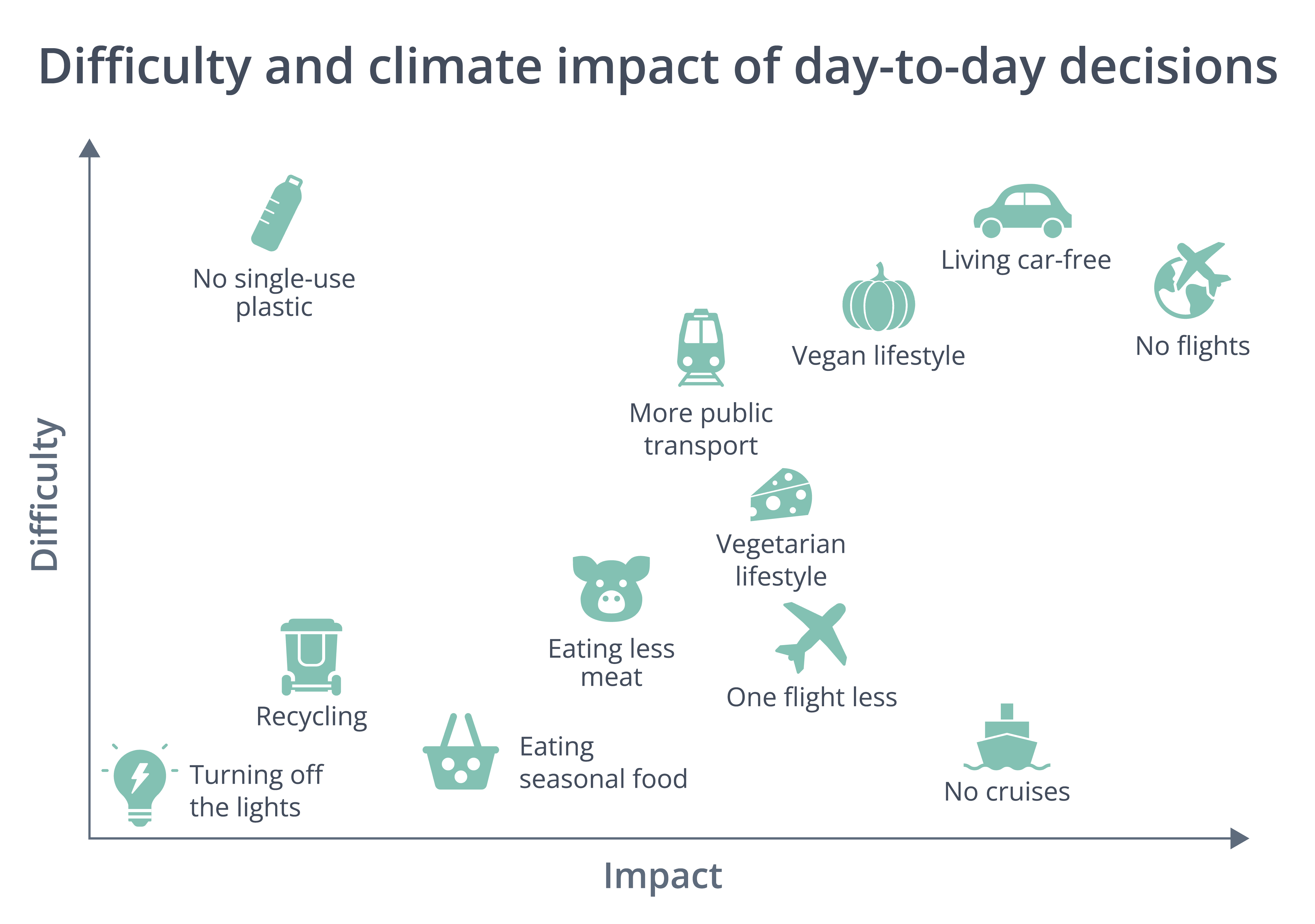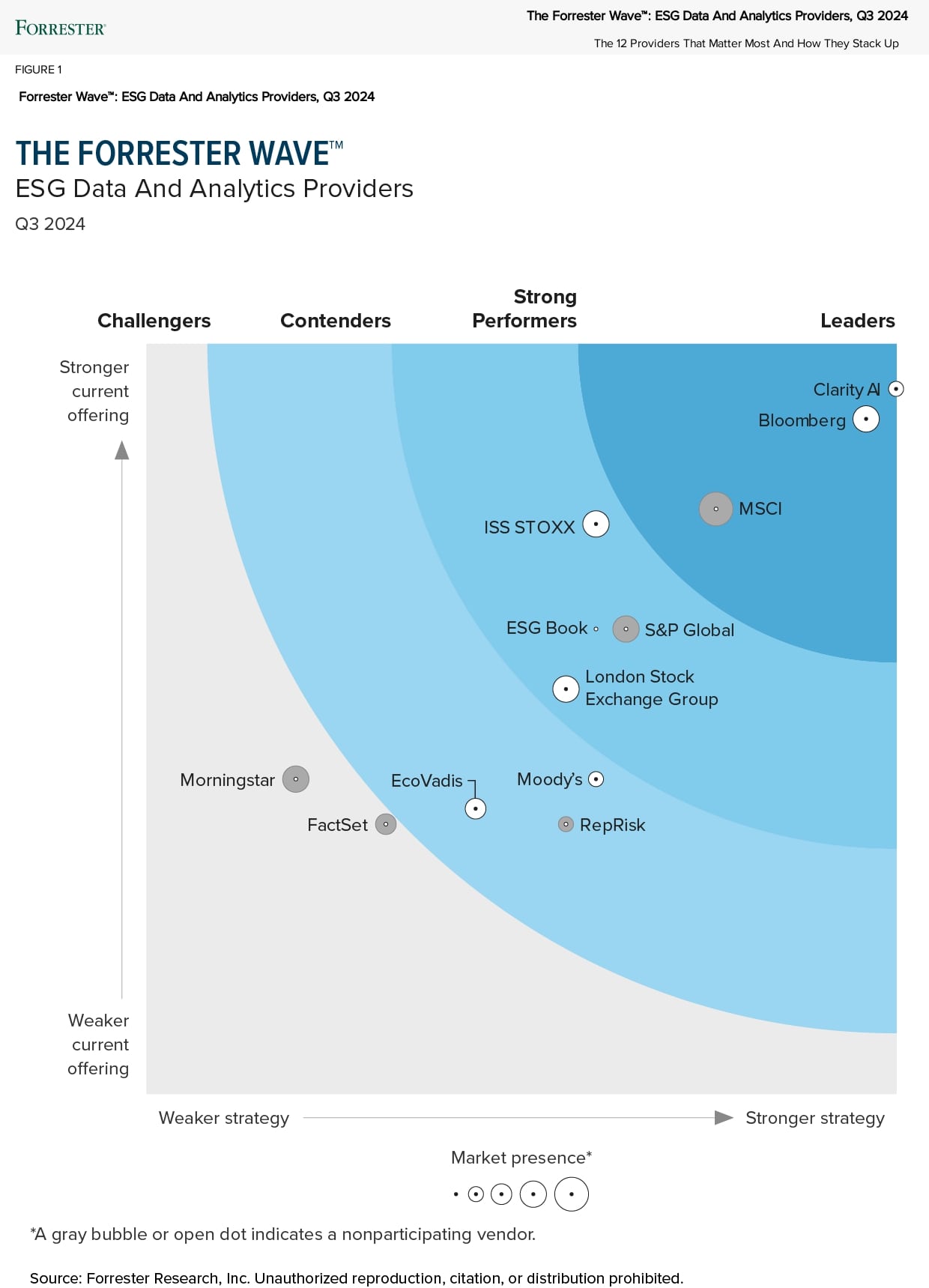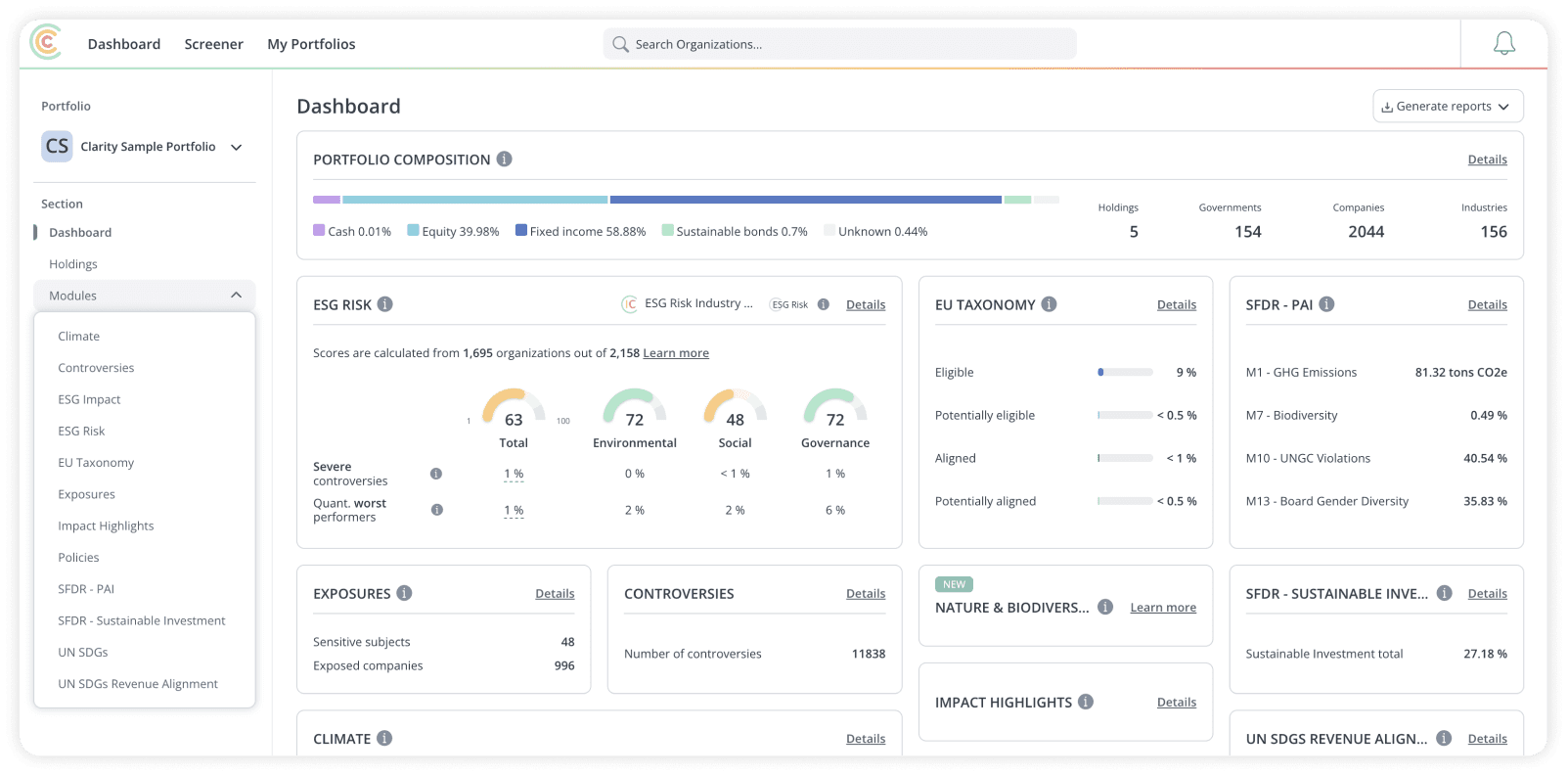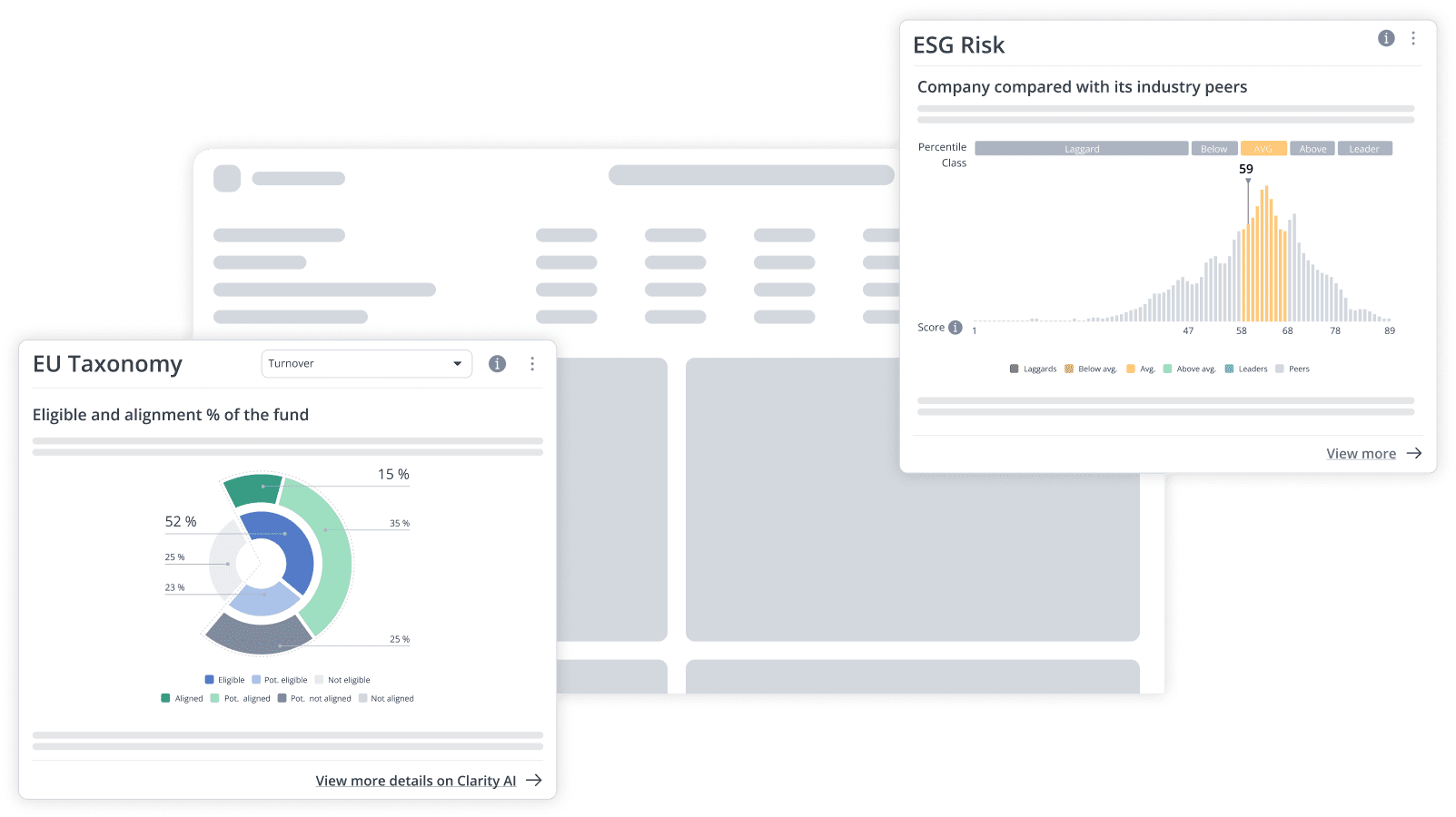A majority of people say they’re willing to pay more for sustainable products, but nearly the same proportion of people say they aren’t sure which products are sustainable. This is no surprise given mounting greenwashing allegations and the complexity of sustainability data. For example, despite the frequency of plastic bag bans, many studies find plastic bags to be more environmentally friendly than paper or reusable bags. A study by the UK government found you’d have to reuse a cotton tote bag 131 times to neutralize its impact. Meanwhile, a study by the Danish government found this number was over 7,000! Sorting through this information can leave people in paralysis. With such different information, how do you make sustainable decisions?
When it comes to sustainability questions, the answer is all too often, “it depends”. The discrepancy in results in this example arises because the two studies differed in what they measured and where they took place. Both measured 10+ impact areas and, while they considered some common topics such as water use, air pollution, and greenhouse gas (GHG) emissions, they also varied in many topics. Furthermore, all countries have variations in energy sources, waste processes, and cultural norms which affect sustainability outcomes. For example, the average American emits as much CO2 in 2.3 days as the average Nigerian does in an entire year due to differences in lifestyle and resources.
Thus, it is important to keep in mind our specific context as we make sustainability decisions, but not to let the granularity of the data distract from important takeaways. In the UK and Danish studies, the results varied, but the overarching conclusions were the same: reusable grocery bags are still the most environmentally friendly option if you plan to use them over and over. If not, thin plastic bags are the best option for single use. Additionally, the material of your reusable bag matters. Bags made from polyester or materials like polypropylene have a lower environmental impact per use than cotton.
We focus our analysis on greenhouse gas emissions as this is one of the most common proxies for environmental impact, however, this is just one aspect of sustainability and how it can be measured. We’ll use this framework to explore three surprising ways to help you sort through the data and make more sustainable purchasing decisions.
Step 1
Focus on high-impact sectors: 3 Years of recycling or one flight?
It is unrealistic to expect people to perform all sustainability actions constantly, so identifying and prioritizing high impact actions can reduce your carbon footprint more efficiently.
Globally, the highest emitting sector is transportation. Around 30% of household emissions, 7.3 billion tonnes of CO2, come from personal transportation each year— 41% of which is from passenger vehicles. Consequently, reducing the amount we use our gasoline or diesel vehicles is one of the most effective ways to lower our carbon footprints.
Yet, when asked, many people rate lower impact activities, such as recycling, as more important than reducing miles driven. A study in New Zealand found this discrepancy also exists when you ask people about the climate actions they take. 83% of people said they recycled while only 32% of people said they made an effort to limit the distance they drove each week. While recycling is important, many experts agree that it is not one of the most impactful actions you can take.
Personal vehicles are not the only culprit. A round-trip flight from California to England produces twice as many GHG emissions as a family car does in one year. Air travel makes up a small percent of global GHG emissions (1.9%) because a small percent of people (3%) use air travel regularly. If you are lucky enough to be part of this 3%, taking one less flight is one of the most impactful decisions you can make. It would require three years of recycling to neutralize the emissions of a flight from London to Berlin.
In the near-term, people won’t give up driving and flying entirely. Therefore, it is crucial to minimize the impact from traveling by thinking carefully about which trips are most important for you to take, which can be substituted by a train or a bus, and how to travel more efficiently (direct routes, fuel-efficient vehicles, economy tickets instead of first class, carbon offsetting, etc.) Focusing on actions within high-emitting sectors, like these, will reduce your carbon footprint with less effort.
To see the relative impact and difficulty of common climate actions, reference the figure below.

Step 2
Shift away from high-emitting products: A banana from overseas or beef from nearby?
The same logic we applied to transportation can be applied to other high-emitting sectors, such as food production and consumption. Globally, the food industry is responsible for a quarter of emissions, and it represents the third largest share of household emissions in many countries. Are we doing the right things to reduce this carbon footprint?
The short answer is: not always. Within high-emitting sectors, not all products have equal impact. Some products produce the bulk of emissions and identifying these is crucial.
For example, the mainstream narrative advises that eating locally-sourced food is essential to reducing the carbon footprint of what we eat. This is a common belief among people, however, most analyses of food value chains find that the transportation of food products represents only about 6% of emissions in the industry, while raw ingredients represent 82% of emissions (31% from livestock and fisheries, 27% crop production, and 24% land use).
This level of detail has become increasingly accessible due to the rise in Life Cycle Assessments (LCAs) which are often deemed the most reliable way to assess product-specific emissions. LCAs estimate the emissions of a product at each stage of the value chain. The figure below highlights the vast disparity between the emissions of beef and those of nuts, which ultimately have a net-positive impact.
Estimates using Clarity AI’s food LCA model find that transportation for heavy emitting products, like beef, can make up less than 1% of the total GHG impact of a product. 1 kg of beef would have to travel 2.7 million kilometers, which is the equivalent of crossing the Atlantic Ocean 900 times, for the impact of transportation to be equal to the impact of producing 1 kg of beef.
Therefore, if your aim is to reduce your carbon footprint, it is more impactful to shift what you are buying rather than where you are buying your product from.
This does not mean, however, that buying locally is not important. Locally produced food often provides better access to fresh produce, more diversity in food production, and boosts the local economy. Additionally, food transportation still does contribute to emissions reductions, especially in more affluent countries. Instead it means that we should be mindful of high-emitting products, such as beef, cheese, and coffee, to make more informed purchase decisions.
Step 3
Choose retailers wisely
Once you know which products are high-emitting, you must also consider the companies producing these products. Differences in sustainability practices, such as green supply chain policies or the amount of renewable energy used, lead to significant variations in company GHG emissions.
Unfortunately, there is still a lack of transparency in company-specific supply chains making it challenging to comprehensively compare company sustainability. In recent years, there has been an uptick in mandatory and voluntary company reporting as well as a proliferation of product and company ecolabels and certifications. While more information is powerful, ecolabels can also be inaccurate and misleading, contributing to people’s confusion.
When interpreting certification schemes, a study by the European Parliament advises people to look for claims verified by third-parties that focus on specific areas of sustainability and provide transparency into the data used. Clarity AI streamlines this process by providing publically available, impartial analyses of companies across various sustainability topics. Clarity AI’s Brand Insights synthesizes and verifies company data with a clear and transparent methodology to inform people about the companies they buy from. Although it may feel overwhelming at times, using technology, we can efficiently and effectively analyze the data to make the most informed decisions possible.
But remember–the most sustainable decision you can make is deciding not to buy something new. When you do need something new, avoiding high-emitting industries and products and buying from responsible sellers will minimize your contribution to climate change. We often feel good about recycling and turning off the lights when we leave a room, but we must remember that the emissions saved from these actions are easily wiped out by a flight or even a drive to the store.






